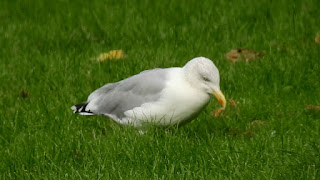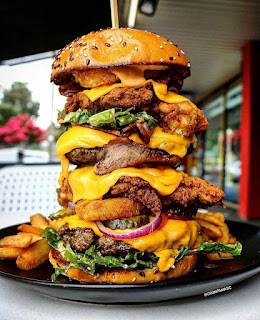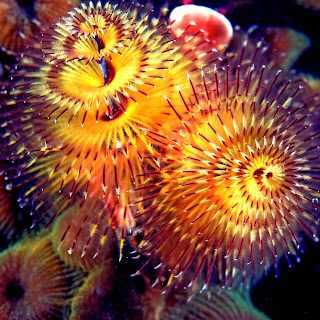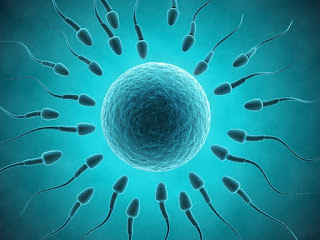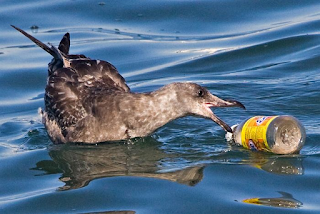There was an old lady who swallowed a phage
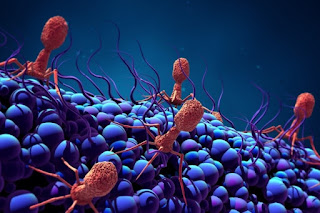
Bacteriophages Attack Antibiotic-Resistant Bacteria. Illustration Credit: MIT I know an old lady, who swallowed a phage, it wriggled and jiggled, and tickled inside her. She swallowed a phage to catch the bacteria, but I don’t know why she swallowed the bacteria. I guess she’ll live. Welcome to the wonderful world of phages. Today I’ve taken the liberty of amending a nursery rhyme’s catchy lyrics to create a more factual, albeit less melodic, tale of swallowing success. Rather than teaching children to inhale large animals, lets look at helpful microbes and their abilities to keep us healthy.
